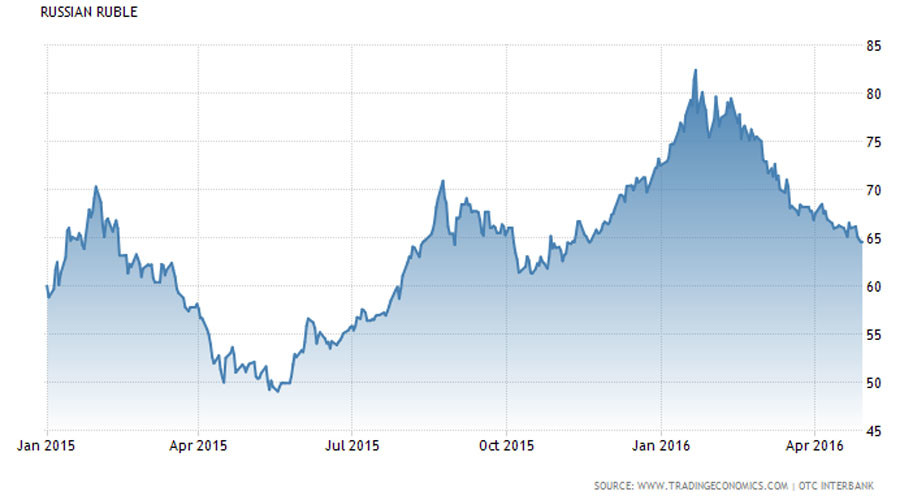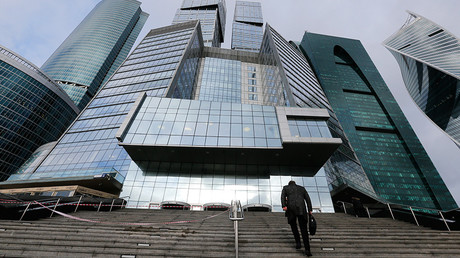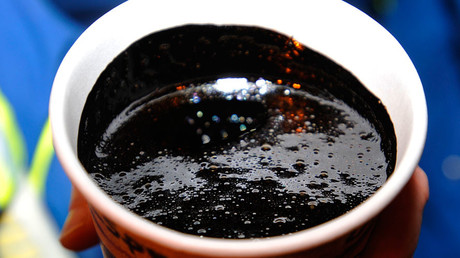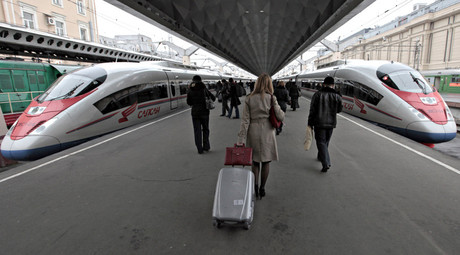Exxon Mobil, the Texas-based oil and gas corporation, was downgraded this week from the perfect rating of AAA to AA+ by Standards Poors Ratings Services (SP) “due, in part, to low commodity prices, high reinvestment requirements, and large dividend payments”.
READ MORE: SP downgrades Saudi Arabia over sliding oil prices
“The company’s debt level has more than doubled in recent years, reflecting high capital spending on major projects in a high commodity price environment and dividends and share repurchases that substantially exceeded internally generated cash flow,” said SP in a statement about the downgrade.
This is the first time Exxon has received a less-than perfect credit rating since the Great Depression, reports Forbes.com.
More importantly, the downgrade means there are now only two non-financial U.S. corporations left with an AAA credit rating, Microsoft and Johnson Johnson.
The Exxon downgrade means that the number of AAA-rated US non-financials has dropped from 60 in 1980 to just two today, Quartz notes.
In the latest episode of RT’s Keiser Report, financial guru Max Keiser said that the decrease in the number of U.S. corporations with perfect credit ratings is down to the “predator parasite” corporations “sucking all the equity” from smaller companies with AAA ratings.
Keiser said the Exxon downgrade heralded “the beginning of [a] collapse”.
“The degradation is very important because in a highly leveraged world, like we have today, the bedrock is on AAA rated paper for the collateral… It’s the beginning of [a] collapse,” he warned.
Article source: https://www.rt.com/business/341490-exxon-credit-downgrade-keiser/?utm_source=rss&utm_medium=rss&utm_campaign=RSS






